Year 5
The English curriculum is built around the three interrelated strands of language, literature and literacy. Teaching and learning programs should balance and integrate all three strands. Together, the strands focus on developing students' knowledge, understanding and skills in listening, reading, viewing, speaking, writing and creating. Learning in English builds on concepts, skills and processes developed in earlier years, and teachers will revisit and strengthen these as needed.
In Years 5 and 6, students communicate with peers and teachers from other classes and schools, community members, and individuals and groups, in a range of face-to-face and online/virtual environments.
Students engage with a variety of texts for enjoyment. They listen to, read, view, interpret and evaluate spoken, written and multimodal texts in which the primary purpose is aesthetic, as well as texts designed to inform and persuade. These include various types of media texts including newspapers, film and digital texts, junior and early adolescent novels, poetry, non-fiction and dramatic performances.
The range of literary texts for Foundation to Year 10 comprises Australian literature, including the oral narrative traditions of Aboriginal and Torres Strait Islander Peoples, as well as the contemporary literature of these two cultural groups, and classic and contemporary world literature, including texts from and about Asia.
Literary texts that support and extend students in Years 5 and 6 as independent readers describe complex sequences, a range of non-stereotypical characters and elaborated events including flashbacks and shifts in time. These texts explore themes of interpersonal relationships and ethical dilemmas within real-world and fantasy settings. Informative texts supply technical and content information about a wide range of topics of interest as well as topics being studied in other areas of the curriculum. Text structures include chapters, headings and subheadings, tables of contents, indexes and glossaries. Language features include complex sentences, unfamiliar technical vocabulary, figurative language, and information presented in various types of graphics.
Students create a range of imaginative, informative and persuasive types of texts including narratives, procedures, performances, reports, reviews, explanations and discussions.
(source: www.australiancurriculum.edu.au)
Achievement Standard
Receptive modes (listening, reading and viewing)
By the end of Year 5, students explain how text structures assist in understanding the text. They understand how language features, images and vocabulary influence interpretations of characters, settings and events.
When reading, they encounter and decode unfamiliar words using phonic, grammatical, semantic and contextual knowledge. They analyse and explain literal and implied information from a variety of texts. They describe how events, characters and settings in texts are depicted and explain their own responses to them. They listen and ask questions to clarify content.
Productive modes (speaking, writing and creating)
Students use language features to show how ideas can be extended. They develop and explain a point of view about a text, selecting information, ideas and images from a range of resources.
Students create imaginative, informative and persuasive texts for different purposes and audiences. They make presentations which include multimodal elements for defined purposes. They contribute actively to class and group discussions, taking into account other perspectives. When writing, they demonstrate understanding of grammar using a variety of sentence types. They select specific vocabulary and use accurate spelling and punctuation. They edit their work for cohesive structure and meaning.
(source: www.australiancurriculum.edu.au)
- Plus Plan
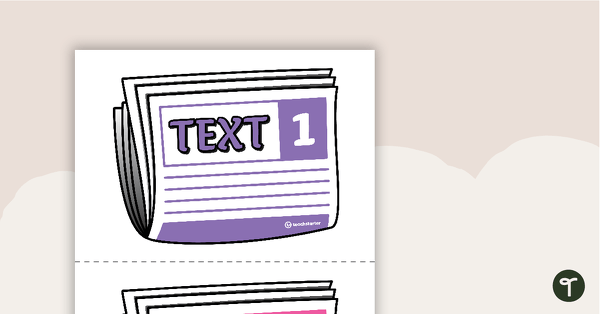
Informative Writing Bump It Up Wall – Year 5
A visual display for your classroom to help students ‘bump up’ their informative writing.
- Plus Plan
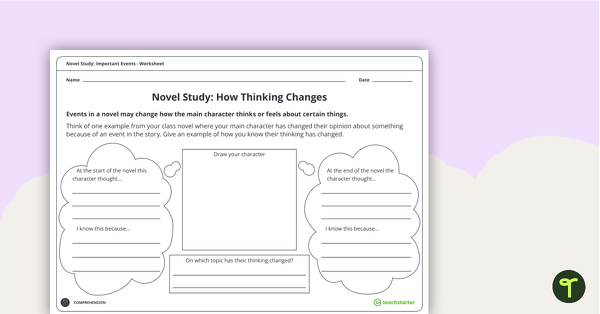
Novel Study - How Thinking Changes Worksheet
Examine how events in a novel can change the main character's thinking with this one-page worksheet.
- Plus Plan
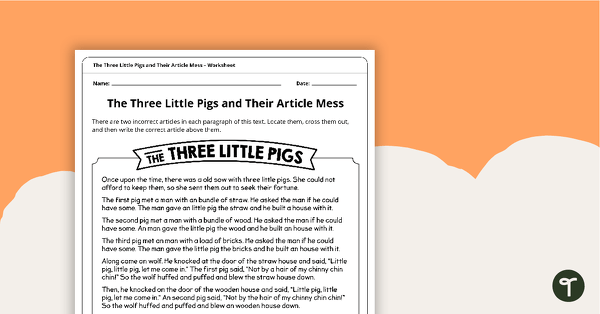
The Three Little Pigs and Their Article Mess - Worksheet
A reading exercise of the classic story of The Three Little Pigs with incorrect articles students need to fix.
- Plus Plan

Colour Adjectives - Worksheet
A worksheet activity designed to help prompt students to be more descriptive when describing nouns with colours.
- Plus Plan
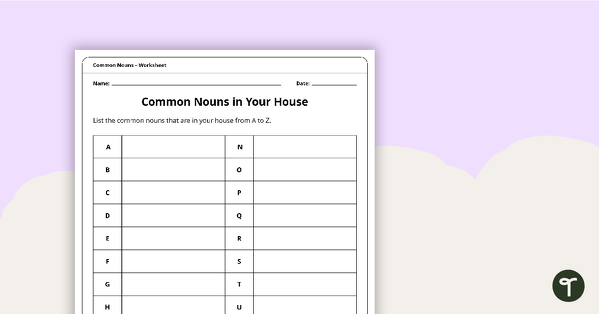
Common Nouns in Your House - Worksheet
Two activities that help students think about common nouns.
- Plus Plan
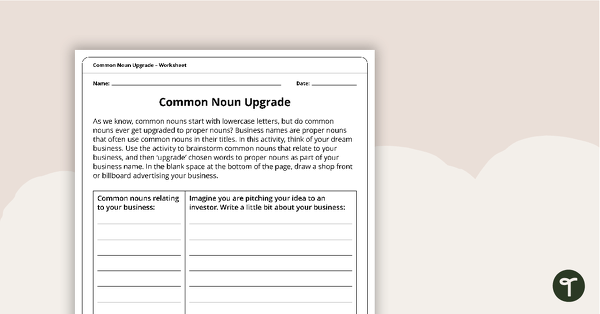
Common Noun Upgrade - Worksheet
A worksheet for students to learn about times when typical common nouns become proper nouns.
- Plus Plan
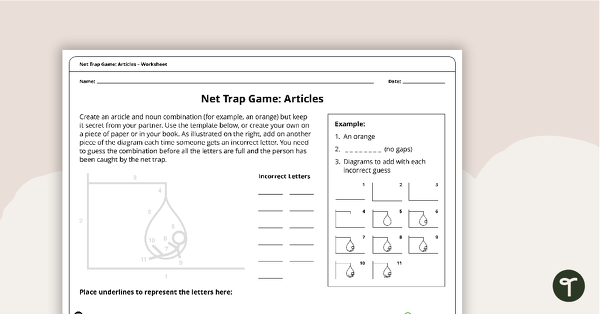
Net Trap Game: Articles - Worksheet
A risky elimination game to help students engage with their grammar skills with articles.
- Plus Plan
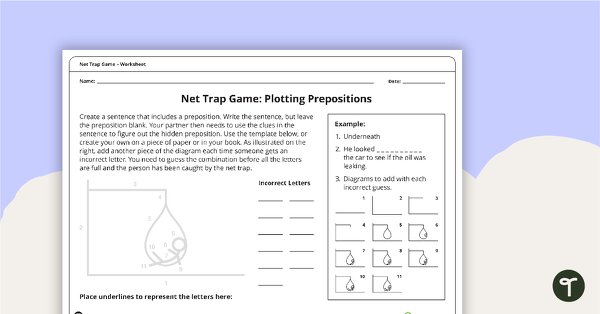
Plotting Prepositions Net Game - Worksheet
A fun guessing risk game that gives students the opportunity to engage with prepositions.
- Plus Plan
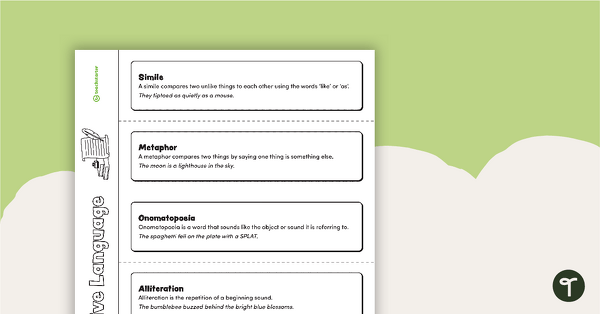
Figurative Language Flip Book
A flip book template for students to identify examples of figurative language.
- Plus Plan
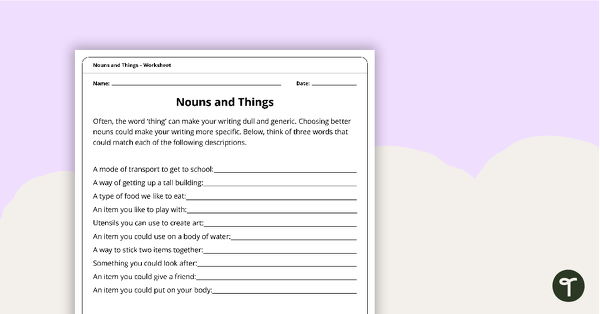
Nouns and Things - Worksheet
A worksheet to help students use more descriptive nouns in their writing.
- Plus Plan
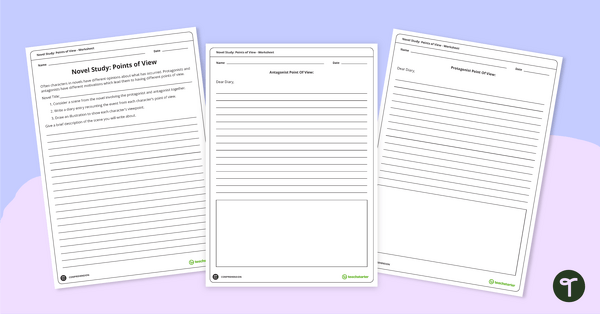
Novel Study – Points of View Worksheet
Analyse the points of view of opposing characters in a literary text with this set of three worksheets.
- Plus Plan
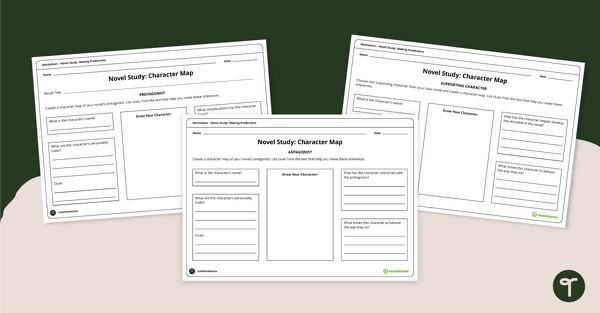
Novel Study – Character Map Worksheet
Explore and analyse the characters in your class novel with this set of three worksheets.
- Plus Plan
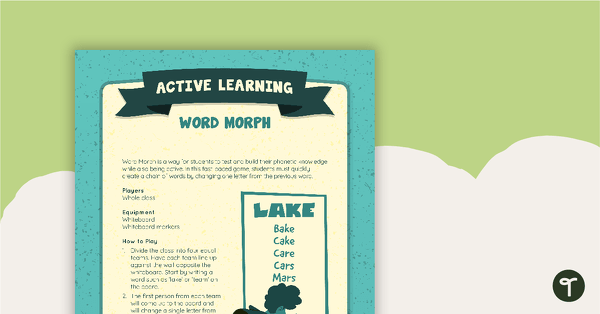
Word Morph Active Game
An active game that allows students to test and build their phonetic knowledge.
- Plus Plan
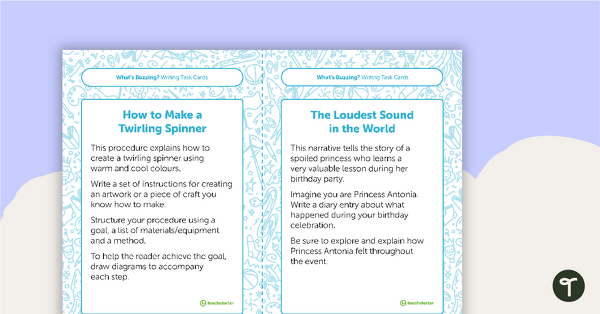
Year 5 Magazine - "What's Buzzing?" (Issue 1) Task Cards
A set of five literacy rotation task cards to be used in conjunction with issue 1 of Teach Starter's Year 5 magazine.
- Plus Plan
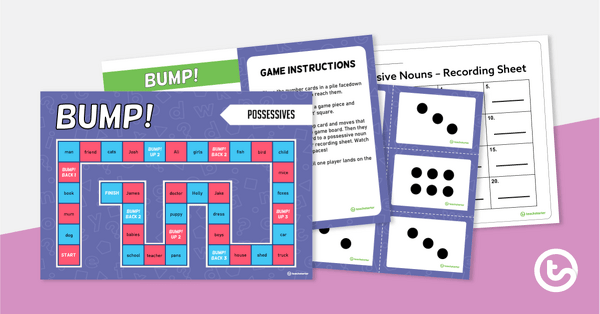
BUMP! Possessive Nouns – Board Game
A board game to practise writing possessive nouns using apostrophes.
- Plus Plan
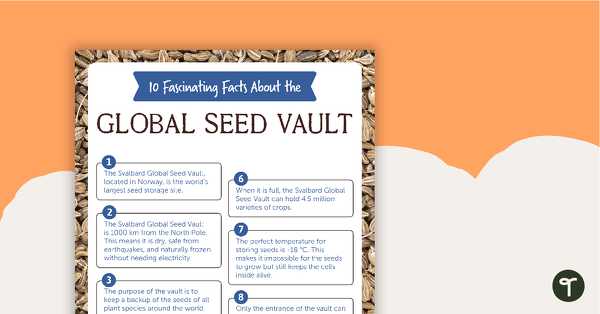
10 Fascinating Facts Worksheet – The Global Seed Vault
A comprehension worksheet for a magazine article about the global seed vault.
- Plus Plan
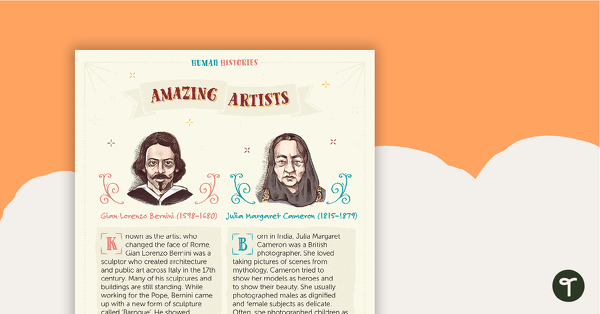
Human Histories: Amazing Artists – Comprehension Worksheet
A comprehension worksheet for a magazine article about some amazing artists.
- Plus Plan
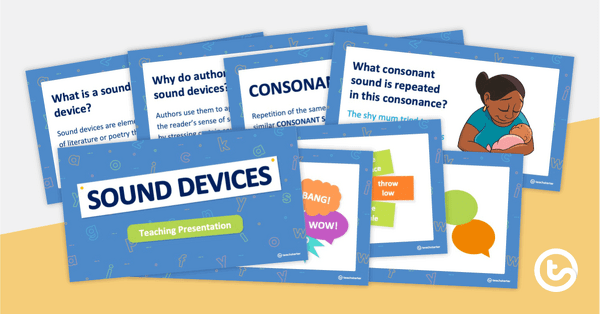
Sound Devices PowerPoint
An editable PowerPoint to use when teaching sound devices to your students.
- Plus Plan
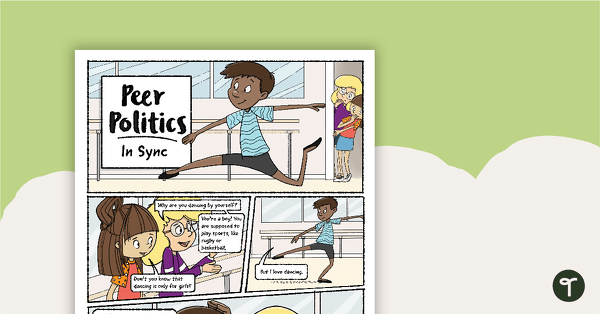
Comic – Peer Politics: In Sync – Comprehension Worksheet
A comprehension worksheet for a comic about encouraging people and their passions regardless of their gender.
- Plus Plan
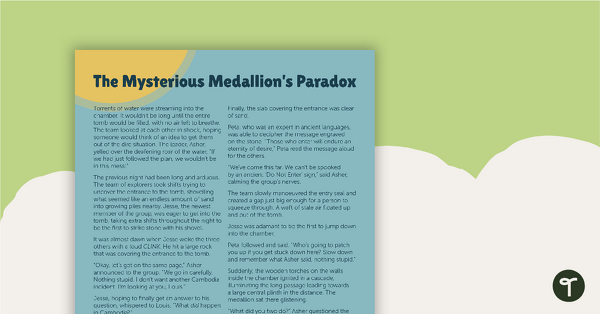
The Mysterious Medallion's Paradox - Worksheet
A comprehension worksheet for a narrative from the Year 6 magazine (Issue 2).
- Plus Plan
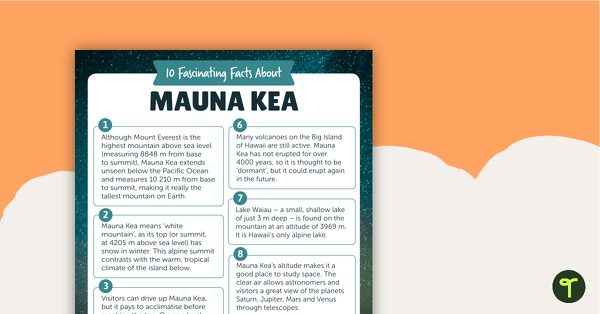
10 Fascinating Facts About Mauna Kea – Comprehension Worksheet
A comprehension worksheet for an article about ten facts about Mauna Kea in Hawaii.
- Plus Plan
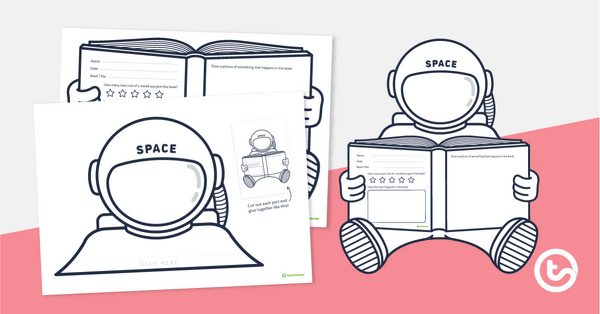
Astronaut Book Report Template
A fun book report template for students to review their favourite book.
- Plus Plan
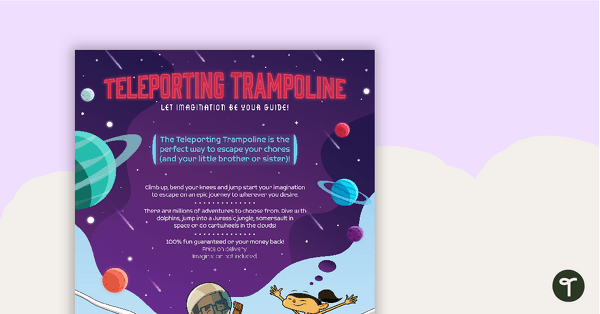
The Teleporting Trampoline - Worksheet
A comprehension worksheet for a fake advertisement from the Year 6 magazine (Issue 2).
- Plus Plan
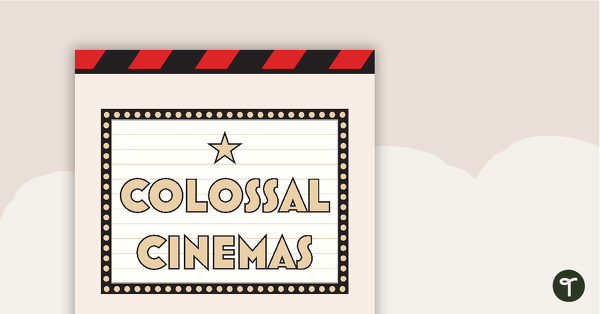
Colossal Cinemas: Movie Merch Mayhem – Project
A project in which students can design a merchandise line and create a movie trailer for a chosen movie to screen at Colossal Cinemas.
- Plus Plan
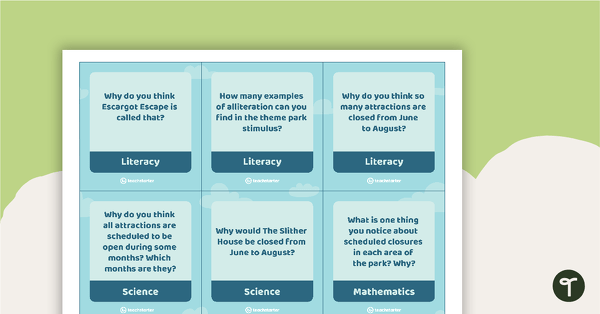
Five Wonders Theme Park Stimulus – Task Cards
103 activity task cards based on the Five Wonders Theme Park stimulus posters.
- Plus Plan

Human Histories: Amazing Achievements - Read and Respond Worksheet
A comprehension activity related to a biographical text.
- Plus Plan

Spelling Words Card Game – Editable
A card game for spelling words.
- Plus Plan
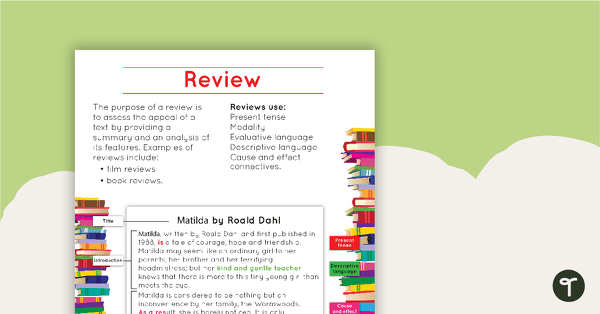
Review Text Type Poster With Annotations
A poster about reviews, including an annotated example.
- Plus Plan
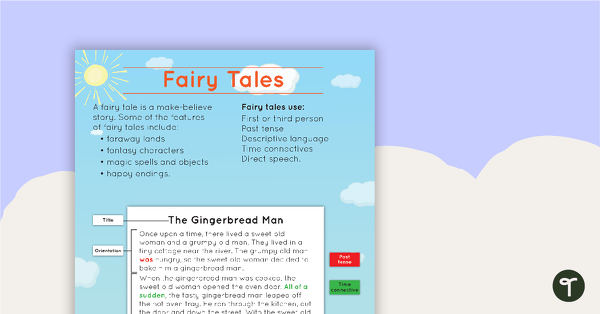
Fairy Tales Text Type Poster With Annotations
A poster about fairy tales, including an annotated example.
- Plus Plan
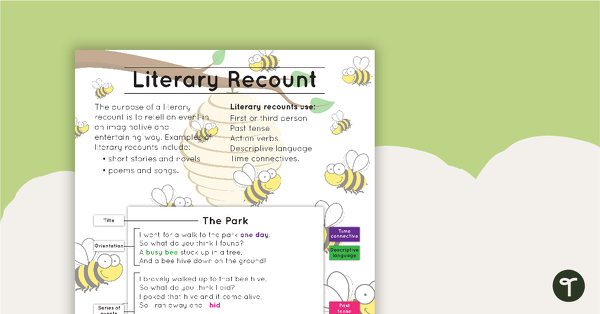
Literary Recount Text Type Poster With Annotations
A poster about literary recounts, including an annotated example.
- Plus Plan
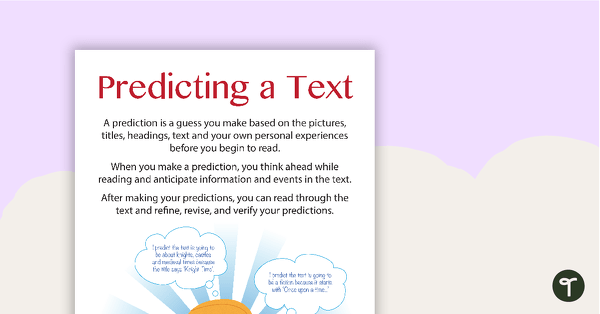
Predicting a Text - Poster and Worksheet
3 pages of resources for students to practise predicting text.
- Plus Plan

Visualise Poster
A poster highlighting how to visualise when reading a piece of text.